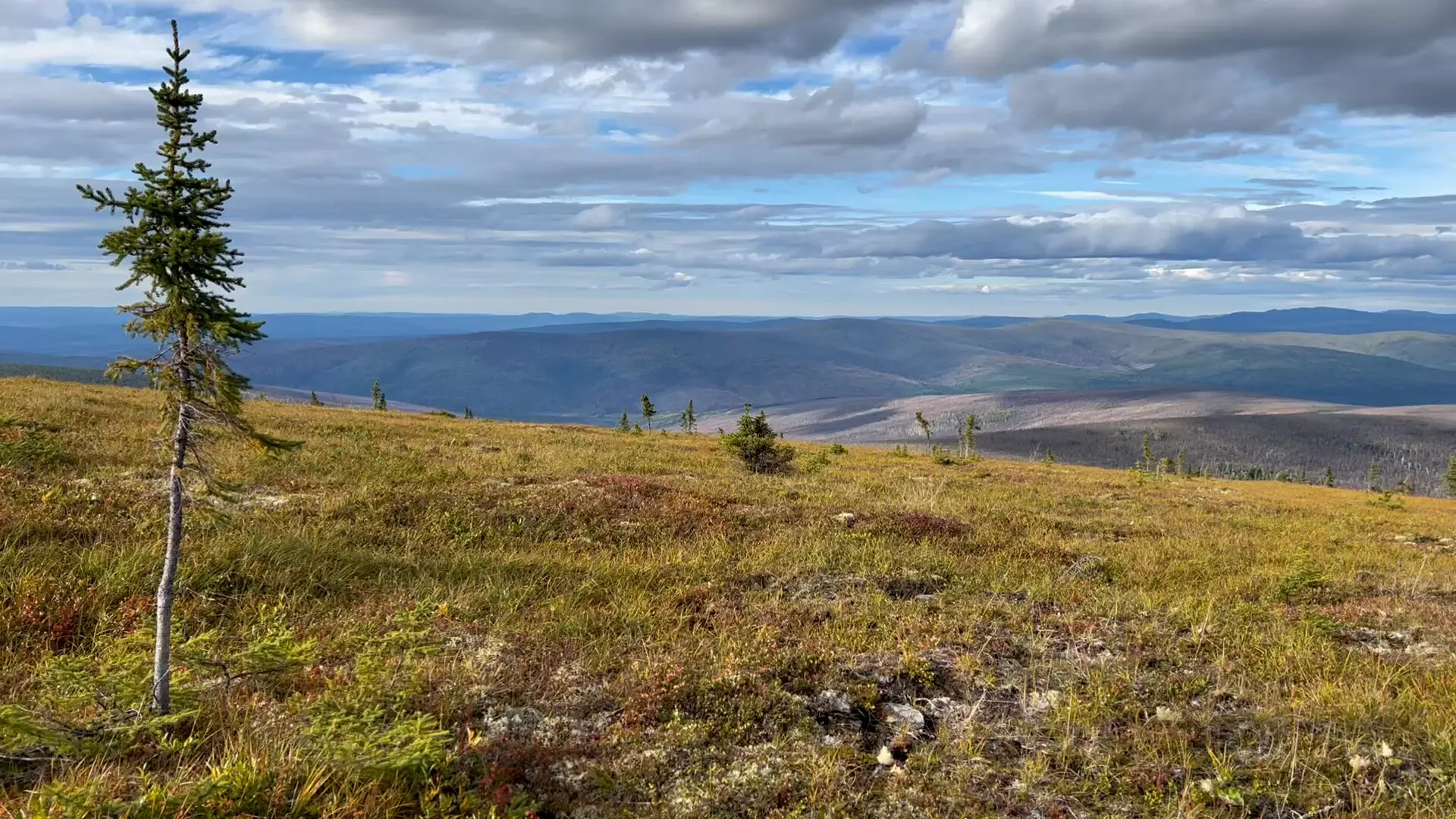The global climate crisis is not just a distant threat; it is altering the very fabric of our ecosystems today, particularly in the northern latitudes. Recent studies by NASA researchers reveal that climate warming is reshaping the forest vegetation structures in these frigid regions. This transformation poses critical implications for carbon dynamics in the atmosphere. As these ecosystems undergo changes, the repercussions may include both enhanced carbon absorption and a worrying potential for greenhouse gas release.
NASA’s groundbreaking research heavily relies on extensive satellite data, specifically utilizing information from the Ice, Cloud, and land Elevation Satellite 2 (ICESat-2) and Landsat missions. These satellite systems offer millions of data points that help scientists track vegetation growth in boreal forests and tundra regions over the past few decades. The utilization of advanced computational techniques is critical for managing this vast array of “big data” in climate forecasting, allowing for refined models that anticipate future landscape shifts.
The Interaction Between Tundra and Boreal Forests
Boreal forests, situated largely between 50 and 60 degrees north latitude, exhibit a distinct vegetation makeup dominated by evergreens like pine, spruce, and fir. Conversely, tundra ecosystems, characterized by their short growing seasons and permafrost, have traditionally relied on mosses, grasses, and shrubs for ground cover. While these two biomes have historically been separate, recent findings indicate that the line between them is becoming increasingly blurred.
As the climate warms, there is a noticeable northward push in tree and shrub growth into areas once merely inhabited by tundra vegetation. This transition, termed “transitional forests,” describes regions where boreal forests meet tundra. NASA’s current research projects an ongoing increase in trees and shrubs within these areas, demonstrating that our planet’s ecosystems are indeed dynamic and responsive to climate variations.
One of the most striking findings of the study is the anticipated increase in height and abundance of vegetation in the tundra and transitional forest regions. The projections indicate that as temperatures rise, newly sprouted trees and shrubs will significantly outgrow their predecessors, facilitating a robust ecosystem capable of sequestering more CO2 through photosynthesis. According to Chris Neigh, a co-author of the study, this uptick in vegetation could potentially mitigate some impacts of rising carbon dioxide emissions, thereby functioning as a natural sink for atmospheric CO2 and contributing to climate resilience.
However, with every environmental shift comes new concerns. The increased presence of darker-colored vegetation has the potential to absorb more sunlight, affecting permafrost stability. Thawing permafrost can lead to the release of ancient carbon stored in the form of methane and CO2, counteracting some of the benefits associated with enhanced vegetation growth.
The groundbreaking findings stem from a methodical approach that intertwines satellite observations with machine learning, climate variables, and simulation models. The analysis encompasses nearly 20 million data points from the ICESat-2 mission and thousands of scenes of boreal forests captured by Landsat over three decades. These methodologies enable scientists to not only capture current vegetation structures but also to simulate future scenarios based on varying temperature and precipitation patterns.
The capabilities gathered from these advanced technologies facilitate a deeper understanding of how climate change will impact specific ecosystems. By interpreting data on vegetation height and density, researchers lay the groundwork for future predictive models that can inform both policymakers and conservation efforts.
Concluding Remarks on Ecosystem Dynamics
As the earth’s climate continues to evolve, its tangible effects will manifest in every corner of our planet, particularly in delicate ecosystems like those in the far north. Understanding these shifts is pivotal for both climate scientists and environmental policy-makers alike. Combining satellite data, advanced computing, and ecological research affords us a comprehensive perspective on the inseparable links between climate change, vegetation dynamics, and greenhouse gas cycling.
This examination reveals a dual narrative: while enhanced vegetation growth in tundra regions could serve as a potential ally against atmospherically driven carbon increases, it may simultaneously release ancient carbon stores. Therefore, further research is essential to navigate the complexities of these interdependencies to foster effective strategies for mitigating climate change and its impacts on our world’s ecosystems.


Leave a Reply